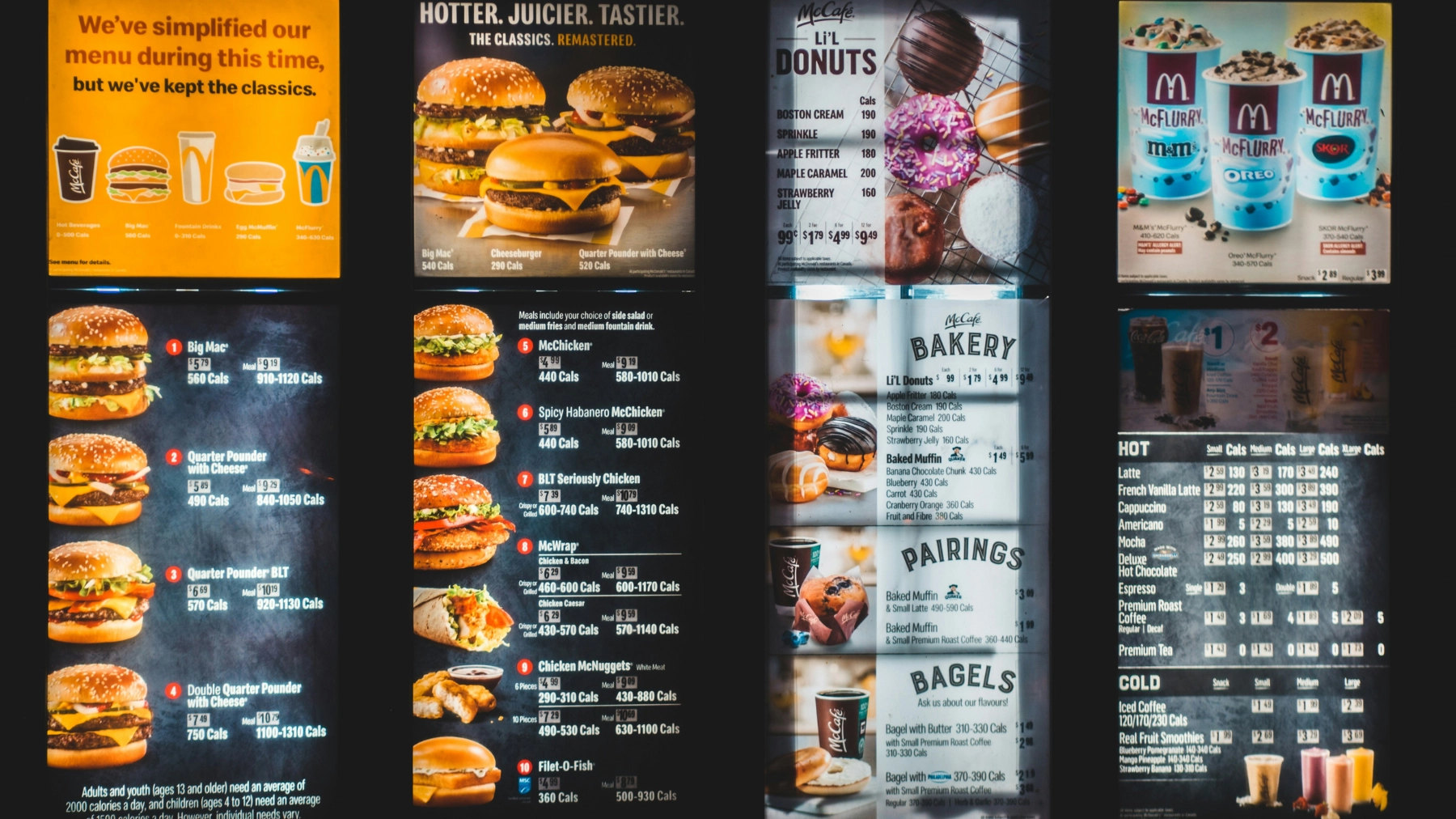
- Sep 18 2025
- |
- Reading Time: 6 Min
Top 6 Electronic Menu Board Issues and How Smart QSRs Prevent Them
Reading Time: 6 minutesAn electronic menu board going dark in the middle of the lunch rush is no good. Within minutes, you’re set to lose sales and brand credibility.
When your electronic menu board shuts down, your team can implement workarounds such as printed menus, handwritten orders, and walking up to the cars in the drive-thru. It’s a quick-fix but it’s not sustainable in the long run. Cars soon stack up, wait times begin to spike, and customer frustration builds up. It’s all your staff can do to apologize for something that shouldn’t have failed in the first place.
For many small QSR franchise owners, the result is always the same: a complete stop in service and a hit to their bottom line.
At Carolina Georgia Sound, we see this problem all too often. The good news is that most menu board failures can be prevented (and even predicted) long before they cause downtime.
This guide addresses the most common electronic menu board issues, their causes, and how to prevent your drive-thru from experiencing the same problem again.
What a Modern Electronic Menu Board System Includes (And How They Can Fail)
To prevent your menu board system from failing, it is helpful to understand what it actually consists of. A typical QSR setup involves several interconnected components that all need to work together:
-
- The display panels. These are the screens customers see, often installed in weatherproof housings outdoors or ceiling mounts indoors.
- The media player or controller. This is the small computer that delivers your menu content and promotions to the screens.
- The network connection. This is either wired Ethernet or WiFi that links your media player/controller to each menu board.
- The power supply and cabling. This is the electrical backbone that keeps everything running. It’s also often the first point of failure.
- The mounting and enclosures. These are the weather-sealed housings or brackets that protect screens from rain, heat, and debris.
- The software and scheduling. This is the software platform used to manage content, update menus, and synchronize pricing across locations.
If even one of these menu board components fails, the entire system can go down. The following are some of the most common types of failures.
Failure Type #1: Power Supply and Electrical Issues
In our experience, this is the primary reason menu boards fail, primarily due to loose connections, corroded terminals, or faulty surge protectors.
Additionally, outdoor enclosures that are improperly sealed can also allow moisture to enter, leading to short circuits or damaged components. We’re often called in to fix such problems, which usually stem from the vendor and the installer being two different entities.
CGS Tip: Always install weather-rated cables and surge suppression to handle outdoor conditions. Also, consider working with an AV integrator who can both supply and install the equipment for you.
Failure Type #2: Damaged or Improper Cabling
Over time, cables can become pinched, frayed, or waterlogged, particularly in drive-thru conduits that are exposed to heat and vibration. When the display starts to flicker, this is usually the culprit.
CGS Tip: Ask your service partner if they test cable continuity and sealing during every preventive visit. (They should.)
Failure Type #3: Display Failures and Burn-In
Screens that run 16 hours or more a day degrade faster, especially when exposed to heat, sunlight, or grease. Additionally, older LCD panels are often prone to burn-in or color washout.
CGS Tip: Request regular brightness and temperature checks with every round of preventive maintenance from your service partner. They can often recalibrate displays back into shape and extend their lifespans.
Failure Type #4: Water Damage
Leaks and condensation inside enclosures, particularly after storms, can lead to corrosion.
CGS Tip: Inspect seals and gaskets after every heavy rain or power outage, not just during scheduled maintenance.
Failure Type #5: Network and Communication Errors
When the connection between your media player and central content system drops, your screens can freeze or fail to update pricing across stores. This can confuse staff and customers alike, especially when the promotions displayed don’t align with your POS system.
CGS Tip: Request to receive automatic alerts that notify you the moment a menu board is disconnected from your network.
Failure Type #6: Mismatched Equipment
This one bears repeating. Many QSR owners inherit menu board systems from previous franchisees that different vendors installed. Mixing brands and components can lead to poorer performance and more challenging maintenance.
CGS Tip: Standardize your equipment across all stores when possible. It simplifies maintenance, training, and parts replacement.
The Real Cost of Downtime
What does downtime really cost? As a QSR owner, you stand to lose on the following fronts:
-
- Downtime makes you lose sales. Even a 15-minute outage during peak hours can mean dozens of missed transactions.
- Downtime gives you lower throughput. Staff spend more time explaining menu options or verifying prices instead of taking new orders.
- Downtime frustrates your customers. They can say: “Oh, they don’t even maintain their menu screens. They must treat people better at (your competitor).” In the QSR industry, losing repeat customers is unforgivable.
CGS Tip: Menu board uptime is part of your customer experience, so prioritize it accordingly.
Quick Fixes vs. Long-Term Solutions
When your menu board goes down during a rush, it’s great to have quick fixes in place. Needless to say, of course, they shouldn’t become your long-term plan. Here’s what we recommend you prepare for:
Quick Fixes
These are the steps your team can take to get your menu board system back online:
-
- Rebooting the media player can temporarily clear a network error in a pinch, but it may not fix the root cause.
- Replacing a faulty power cord or plug can work if it’s the only issue, but it won’t address any corrosion or damaged cabling hidden inside conduits.
- Swapping screens can be a practical last resort.
These fixes can get you through peak hours, but if they happen too often, you’re just resetting the countdown to the next outage. So we recommend considering longer-term solutions such as the following:
Long-Term Solutions: Designed to Prevent Downtime
-
- Getting proper environmental protection. Weatherproof enclosures and sealed grommets will protect your investment year-round.
- Testing cable and power integrity. Proactive checks on voltage, current, and cable continuity will uncover weak spots.
- Make improvements to network stability. Upgrading routers, switches, and cabling can eliminate recurring sync or update failures.
- Standardize your hardware across your stores. Having unified systems will significantly simplify your content management and technical support.
CGS Tip: If you’re calling for service more than twice a year for the same menu board, the issue is a missing preventive plan.
The Value of Preventive Maintenance and Regular Diagnostics
Most menu board issues can be predicted with proper and proactive monitoring. Here’s what a proactive plan should include:
-
- Schedule regular inspections. Ask technicians to clean your vents, check seals, and test connections for wear or moisture buildup.
- Calibrate your displays. Adjusting brightness and color ensures visibility and brand consistency across locations.
- Get network and firmware updates. These prevent compatibility conflicts that cause screens to freeze or lose sync.
- Test your electrical. Identifying voltage irregularities early will prevent expensive component damage.
CGS Tip: Schedule diagnostics right before summer and winter, which are the two seasons that cause the most environmental stress on outdoor equipment.
When to Repair vs. Replace
At a certain point, constant repairs will start costing you more than replacing your system. Here’s a simple way to decide which path makes the most sense for your store.
When to Repair
Repairs make sense when:
-
- The issue is isolated to a single power supply, cable, or module, and the rest of your system is functioning correctly.
- Replacement parts are readily available and compatible with the original equipment.
- The display is less than 5 years old and still meets brightness and resolution standards.
In these cases, a targeted repair will be enough to restore full operation quickly.
When to Replace
Replacement becomes smarter when:
-
- You’re dealing with repeated failures of the same component (e.g., screens dimming every few months).
- Replacement parts are being discontinued or are becoming increasingly difficult to find.
- The image quality is inconsistent across stores.
- Your current system can’t support newer media players or remote content updates.
At that point, upgrading to a modern digital signage platform will yield a better ROI.
CGS Tip: As a general rule of thumb, replacement is preferable if the quoted repair cost will exceed 40% of the price of new equipment.
Choosing the Right Service Partner
Even the best menu board systems can fail without the right team maintaining them. The key is finding a partner who not only fixes problems fast but also helps prevent them from happening again. Here’s what to look for:
-
- A single, experienced AV partner who can ensure uniform equipment, documentation, and service protocols across all your locations.
- A partner who offers scheduled proactive system checks in addition to emergency repairs.
- A team with technicians stationed near your locations, not hours away.
- A professional service partner who documents every visit, every replaced component, and every recommendation made.
CGS Tip: As we always say, the best repair is the one you never have to make.
Let’s Keep Your Drive-Thru Moving
At Carolina Georgia Sound, we help franchise groups maintain clear, consistent, and reliable digital signage across all their locations. We keep your menu boards (and your revenue) running smoothly year-round with preventive maintenance and complete rebuilds when needed.
Dealing with recurring outages or planning a remodel? Let’s prevent the next outage together.
Schedule a free drive-thru diagnostic with CGS today.
Recent Success Stories
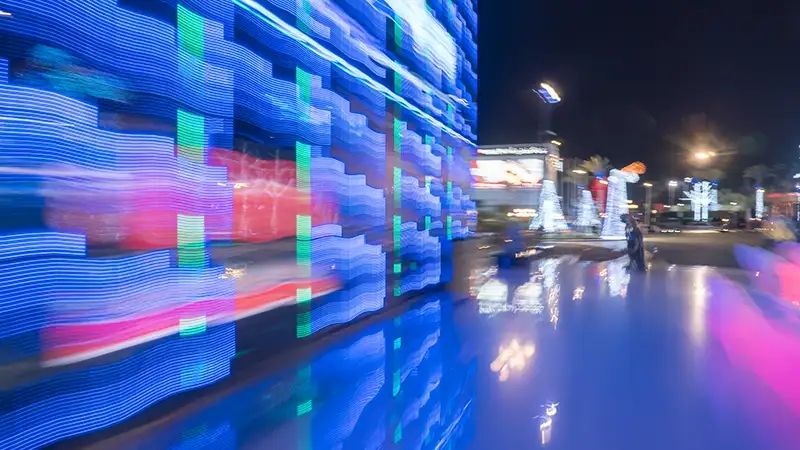
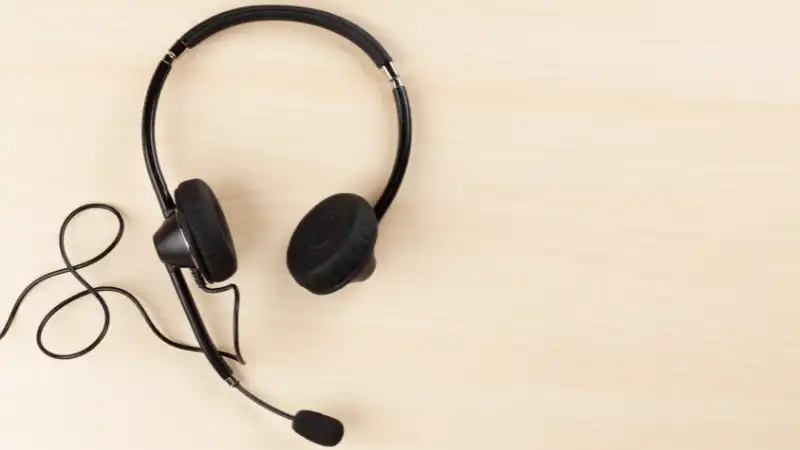
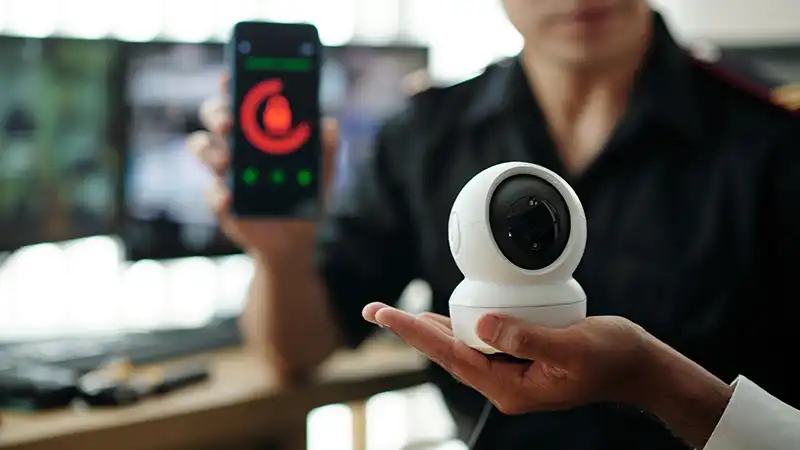
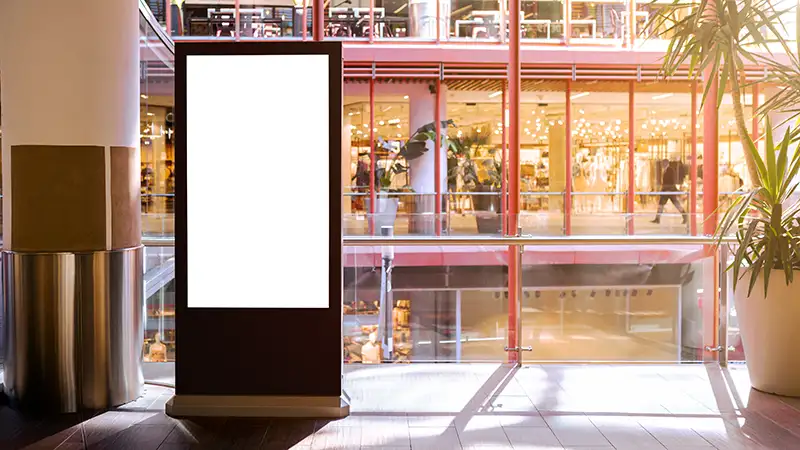
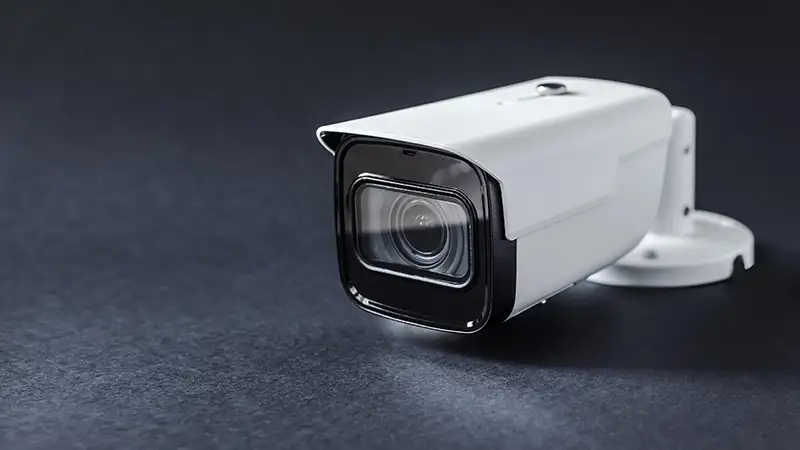
![]()
Great team, excellent service. We highly recommend!
Georgetown Villas Llc.
Owner,
![]()
We’ve been enjoying the music of Carolina Georgia Sound here at Roundabouts for 10+ years now. They offer a wide variety of music from all genres at an affordable price. Customer service is very helpful and responsive.
Roundabouts Consignments.
Owner,
![]()
Very fast, considerate, respectful, knowledgeable, not to mention helpful. I would recommend them to everyone! I will continue to use them!!!!!







